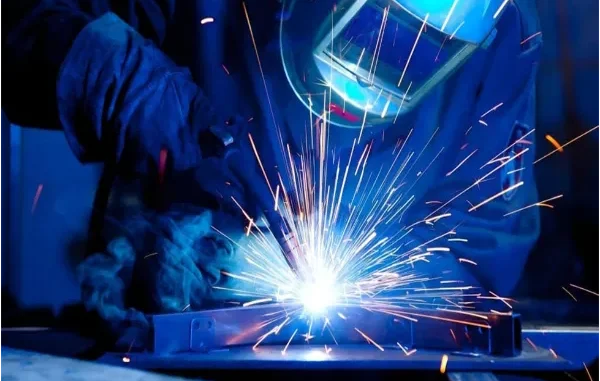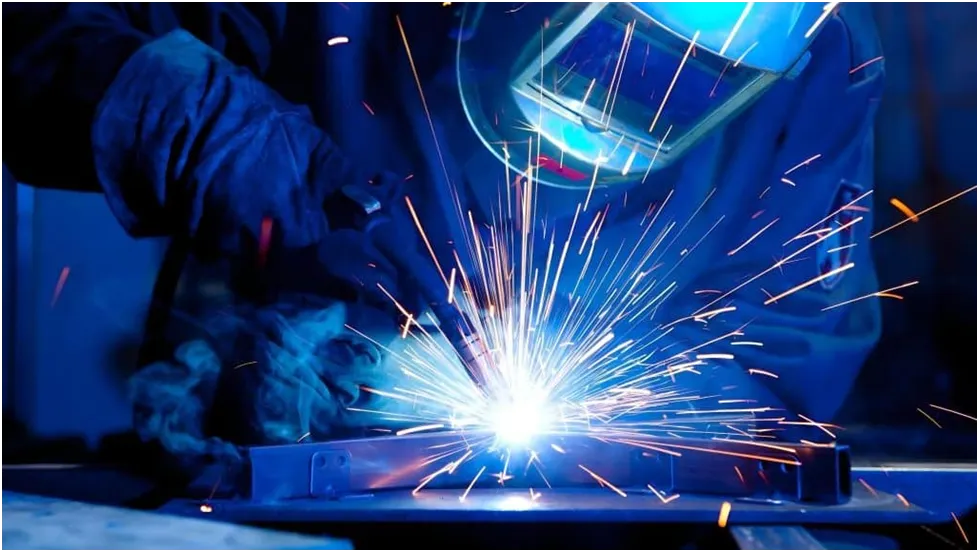
Manufacturing today demands more than just speed — it requires accuracy, efficiency, and sustainability. Traditional welding methods, while reliable, often fall short when it comes to meeting the precision and scalability required by industries like aerospace, automotive, and medical device production. This is where fiber laser welding machines are making a significant impact.
By combining pinpoint accuracy with faster processing and lower operating costs, these systems are transforming production lines around the world. For businesses aiming to stay competitive in high-demand markets, fiber laser welding is not just an option — it’s quickly becoming a necessity.

Precision, Control & Weld Quality
One of the strongest advantages of fiber laser welding lies in its exceptional beam quality. The highly concentrated laser enables:
- Minimal heat-affected zones (HAZ): Reducing distortion and preserving base material integrity.
- Adaptive beam shaping: Offering precise control of weld depth and geometry for improved joint strength.
- Clean welds with fewer defects: Often eliminating the need for costly finishing steps.
This level of control is especially valuable in industries where structural integrity and fine tolerances are critical, such as medical device assembly or aerospace component fabrication.
Speed, Efficiency & Automation
Fiber laser welding dramatically outpaces traditional processes:
- 50–100% faster cycle times than MIG or TIG welding.
- Keyhole welding capability, which ensures deep, narrow welds at high speeds without overheating surrounding material.
- Seamless automation integration: A fiber laser welding machine can be easily connected to CNC systems and robotic arms, enabling 24/7 consistent, high-volume production.
For manufacturers, this combination means higher throughput, less downtime, and faster time-to-market.
Versatility Across Materials & Applications
Fiber laser welding systems are remarkably flexible:
- Suitable for stainless steel, aluminum, titanium, copper, and even dissimilar materials.
- Equipped with fiber-optic delivery systems, making them ideal for complex geometries and tight spaces.
- Advanced configurations can even weld certain plastics and polymers, broadening their industrial use cases.
This adaptability explains why fiber laser technology is widely applied in automotive manufacturing, electronics, jewelry design, and medical equipment.
Cost-Effectiveness & Environmental Benefits
Beyond performance, fiber laser welding offers long-term economic and environmental advantages:
- Lower total cost of ownership: Solid-state design ensures minimal consumables and long service lifetimes.
- Reduced maintenance needs: No electrodes or filler materials, and fewer moving parts to replace.
- Energy efficiency: Consumes less power than many traditional systems, aligning with green manufacturing goals.
Many companies report a return on investment (ROI) within the first 12–18 months thanks to reduced scrap, labor savings, and improved productivity.
Strength, Consistency & Scalability
Consistency is where fiber laser welding machines excel:
- Structurally strong welds: Ideal for applications where durability is non-negotiable.
- High repeatability: Maintains uniform quality across thousands of welds, ensuring production scalability.
- Tight tolerances: Supports industries where precision can mean the difference between compliance and costly rework.
This makes fiber laser welding a trusted solution for large production runs without compromising quality.
Real-World Application: Advanced Fiber Laser Welding Solutions
At Denaliweld, our fiber laser welding machines are engineered for performance-driven industries. From compact, air-cooled units to fully automated systems, these machines are designed to deliver precision, speed, and cost savings — all while minimizing environmental impact.
Whether you’re scaling up production or enhancing product quality, fiber laser technology provides the tools to achieve both goals without compromise.
Conclusion
Fiber laser welding is no longer a futuristic concept — it’s a proven technology reshaping the future of precision manufacturing. Its combination of speed, versatility, efficiency, and consistency positions it as a core solution for industries that demand high-quality results at scale.
For manufacturers ready to embrace the next generation of welding, investing in a fiber laser welding machine means building smarter, faster, and more sustainable production systems.
Explore our fiber laser welding machine offerings and see how advanced welding technology can elevate your manufacturing process.






Leave a Reply